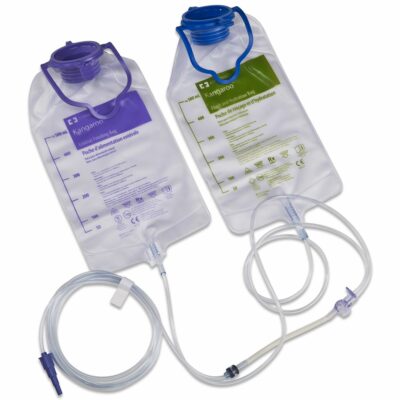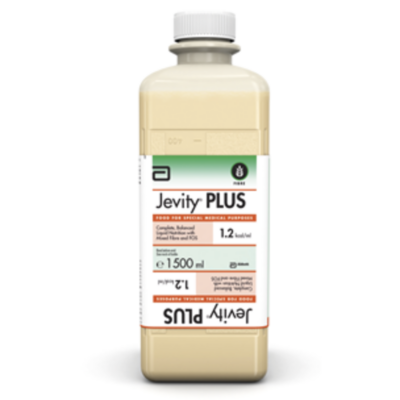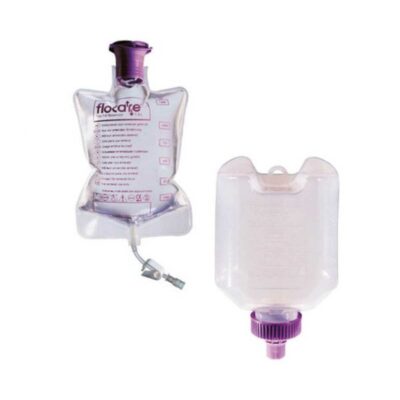Infusion Cuffs: Precise and Controlled Intravenous Fluid Administration
Infusion cuffs, infusion controllers, or infusion pumps are specialized medical devices designed to deliver intravenous (IV) fluids, medications, and nutrients to patients in a controlled and precise manner. These cuffs offer a safer and more accurate alternative to manual IV drip administration. Infusion cuffs are crucial in various healthcare settings, ensuring patients receive the appropriate fluids and medications consistently, optimizing treatment outcomes, and minimizing the risk of complications.
Key Features of Infusion Cuffs:
Programmable Rates: Infusion cuffs allow healthcare professionals to set the desired infusion rate in milliliters per hour (mL/h), tailoring the treatment to the patient’s condition.
Volume Limiting: Some cuffs come with volume-limiting features to prevent over-infusion and minimize the risk of adverse reactions.
Alarm Systems: Infusion cuffs are equipped with alarms that notify healthcare providers of any irregularities, such as occlusions, air bubbles, or completion of the infusion.
Portability: Certain infusion cuffs are designed for ambulatory patients, allowing them to move around while receiving a continuous infusion.
Battery Backup: To ensure uninterrupted infusion, some cuffs have built-in battery backup systems in case of power outages.
Applications of Infusion Cuffs:
Medication Administration: Infusion cuffs are commonly used to administer medications, including antibiotics, pain relievers, and chemotherapy drugs.
Fluid Replacement: Infusion cuffs are employed for fluid replacement in dehydration, electrolyte imbalances, and surgical recovery.
Critical Care: In intensive care units (ICUs), infusion cuffs are vital in delivering life-saving medications and fluids to critically ill patients.
Benefits of Infusion Cuffs:
Accuracy: Infusion cuffs provide precise and consistent fluid delivery, reducing the risk of dosing errors.
Customization: Healthcare professionals can tailor infusion rates to individual patient needs, ensuring optimal treatment.
Reduced Nurse Workload: Infusion cuffs minimize the need for frequent manual adjustments, allowing nurses to focus on other patient care tasks.
Enhanced Patient Safety: Alarms and safety features of infusion cuffs help prevent over-infusion and alert healthcare providers to potential issues.
Conclusion: Infusion cuffs are integral in modern healthcare, ensuring controlled and accurate IV fluids and medication administration. These devices enhance patient safety, improved treatment outcomes, and streamline clinical workflows by offering programmable rates, alarms, and safety features. Recognizing the significance and characteristics of infusion cuffs is essential.














